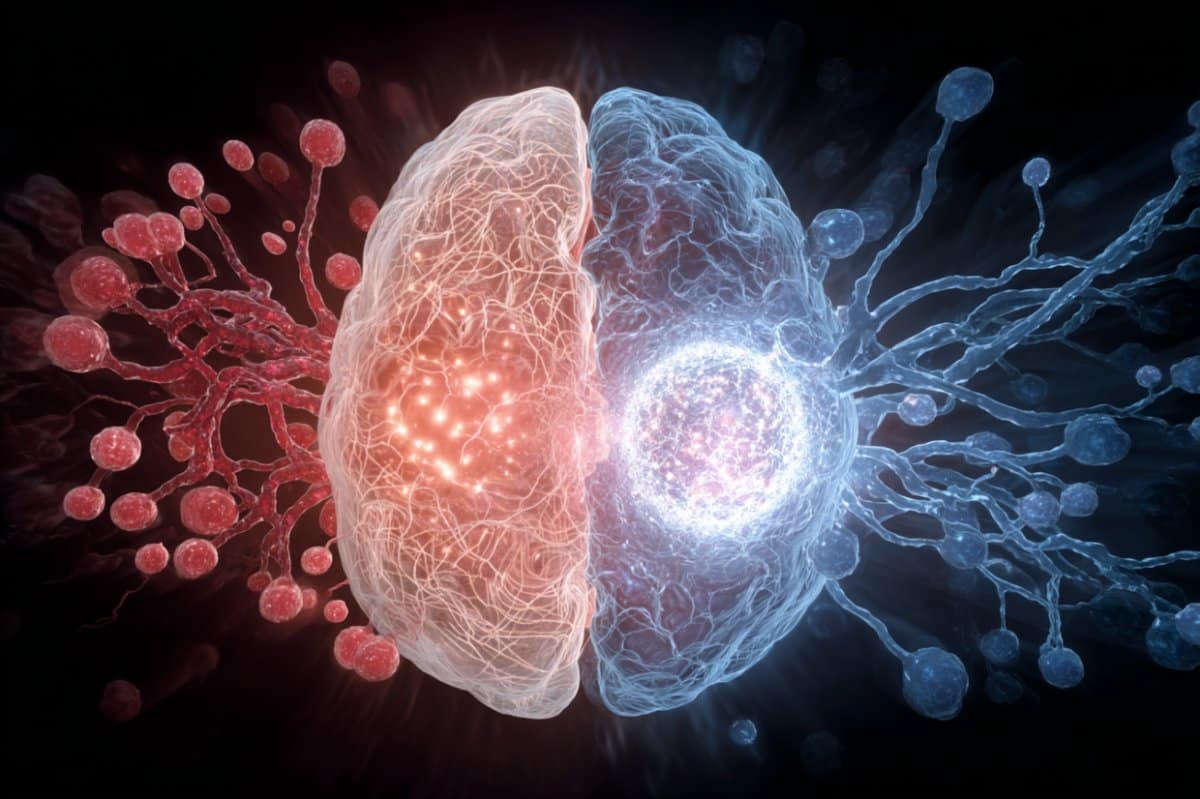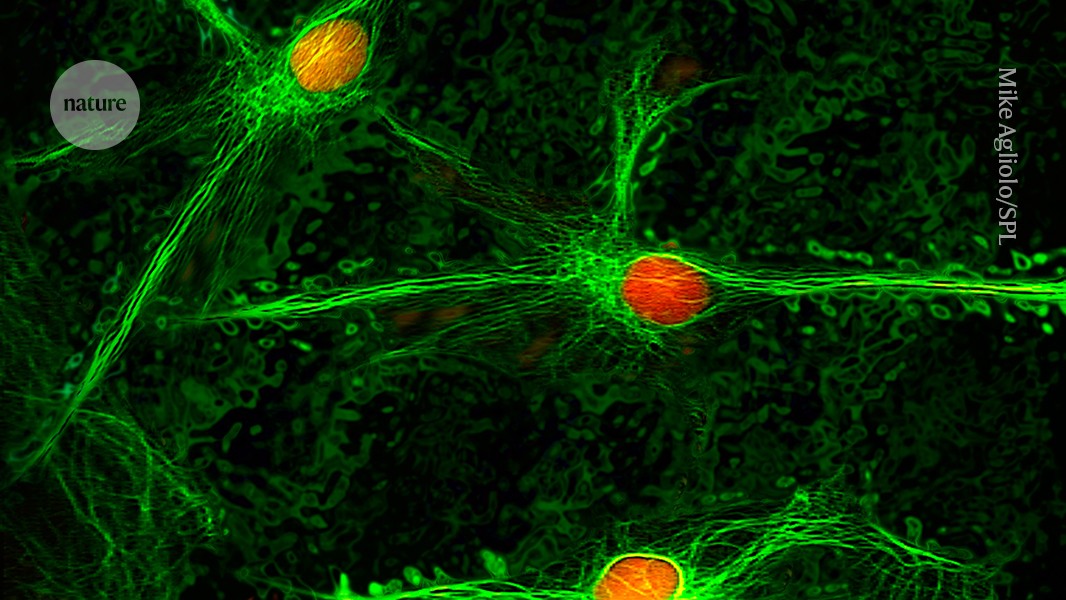Summary: New research shows that DMT, a natural psychoactive compound found in plants and the human brain, can protect against stroke damage in animal and cell models. Treatment with DMT reduced infarct size, brain swelling, and inflammation, while also repairing blood-brain barrier function.
The compound acted through Sigma-1 receptors to limit microglial activation and support astroglial cells, creating a dual protective effect. These findings suggest DMT could one day serve as an adjuvant therapy for stroke, expanding treatment options and improving recovery outcomes.
Key Facts
- Barrier Protection: DMT restored blood-brain barrier integrity after stroke.
- Inflammation Control: It reduced cytokine production and microglial activation.
- Therapeutic Potential: Could complement limited existing stroke treatments.
Source: HUN-REN BRC
DMT, or dimethyltryptamine is a natural psychoactive molecule found in many plants and mammals.
According to an article published in Science Advances, researchers from the HUN-REN BRC Institute of Biophysics and Semmelweis University Heart and Vascular Centre found that DMT reduces the harmful effects of stroke in animal models and cell culture experiments.

A solution from nature in the spotlight
DMT is also present in the human brain, and it is currently undergoing clinical trials to aid recovery of brain function after stroke. However, its exact mechanism of action had not been fully understood until now. “It is amazing how we can always turn to Nature to find ingenious solutions for health problems” says co-lead author Mária Deli from the HUN-REN BRC.
The blood-brain barrier as a therapeutic target
“We found that DMT significantly reduced infarct volume and edema formation in a rat stroke model”, explains co-first author Marcell László.
In both animal experiments and cell culture models, the authors showed that DMT treatment restored the structure and function of the damaged blood-brain barrier and improved the function of astroglial cells.
This psychoactive compound also inhibited the production of inflammatory cytokines in brain endothelial cells and peripheral immune cells, while reduced the activation of brain microglia cells through Sigma-1 receptors.
DMT could serve as therapeutic adjuvant to existing stroke treatments
“The therapeutic options currently available for stroke are very limited. The dual action of DMT, protecting the blood-brain barrier while reducing brain inflammation, offers a novel, complex approach that could complement existing treatments”, says Judit Vigh, co-first author of the work.
Since current stroke therapies do not always result in full recovery, a DMT-based treatment may represent a promising new alternative, mainly in combination with existing methods.
The recent findings from researchers in Szeged and Budapest, Hungary, support the development of a therapy that goes beyond the limitations of conventional stroke treatment. Clinical trials on the use of DMT and investigation on its long-term effects are currently ongoing.
About this neuroscience research news
Author: Anett Nagy-Demcsák
Source: HUN-REN BRC
Contact: Anett Nagy-Demcsák – HUN-REN BRC
Image: The image is credited to Neuroscience News
Original Research: Open access.
“N,N-dimethyltryptamine mitigates experimental stroke by stabilizing the blood-brain barrier and reducing neuroinflammation” by Maria A. Deli et al. Science Advances
Abstract
N,N-dimethyltryptamine mitigates experimental stroke by stabilizing the blood-brain barrier and reducing neuroinflammation
N,N-dimethyltryptamine (DMT) is a psychoactive molecule present in the human brain. DMT is under clinical evaluation as a neuroprotective agent in poststroke recovery. Yet, its mechanism of action remains poorly understood.
In a rat transient middle cerebral artery occlusion stroke model, we previously showed that DMT reduces infarct volume.
Here, we demonstrate that this effect is accompanied by reduction of cerebral edema, attenuated astrocyte dysfunction, and a shift in serum protein composition toward an anti-inflammatory, neuroprotective state. DMT restored tight junction integrity and blood-brain barrier (BBB) function in vitro and in vivo.
DMT suppressed the release of proinflammatory cytokines and chemokines in brain endothelial cells and peripheral immune cells and reduced microglial activation via the sigma-1 receptor.
Our findings prove that DMT mitigates a poststroke effect by stabilizing the BBB and reducing neuroinflammation. Such interactions of DMT with the vascular and immune systems can be leveraged to complement current, insufficient, stroke therapy.
Source link
